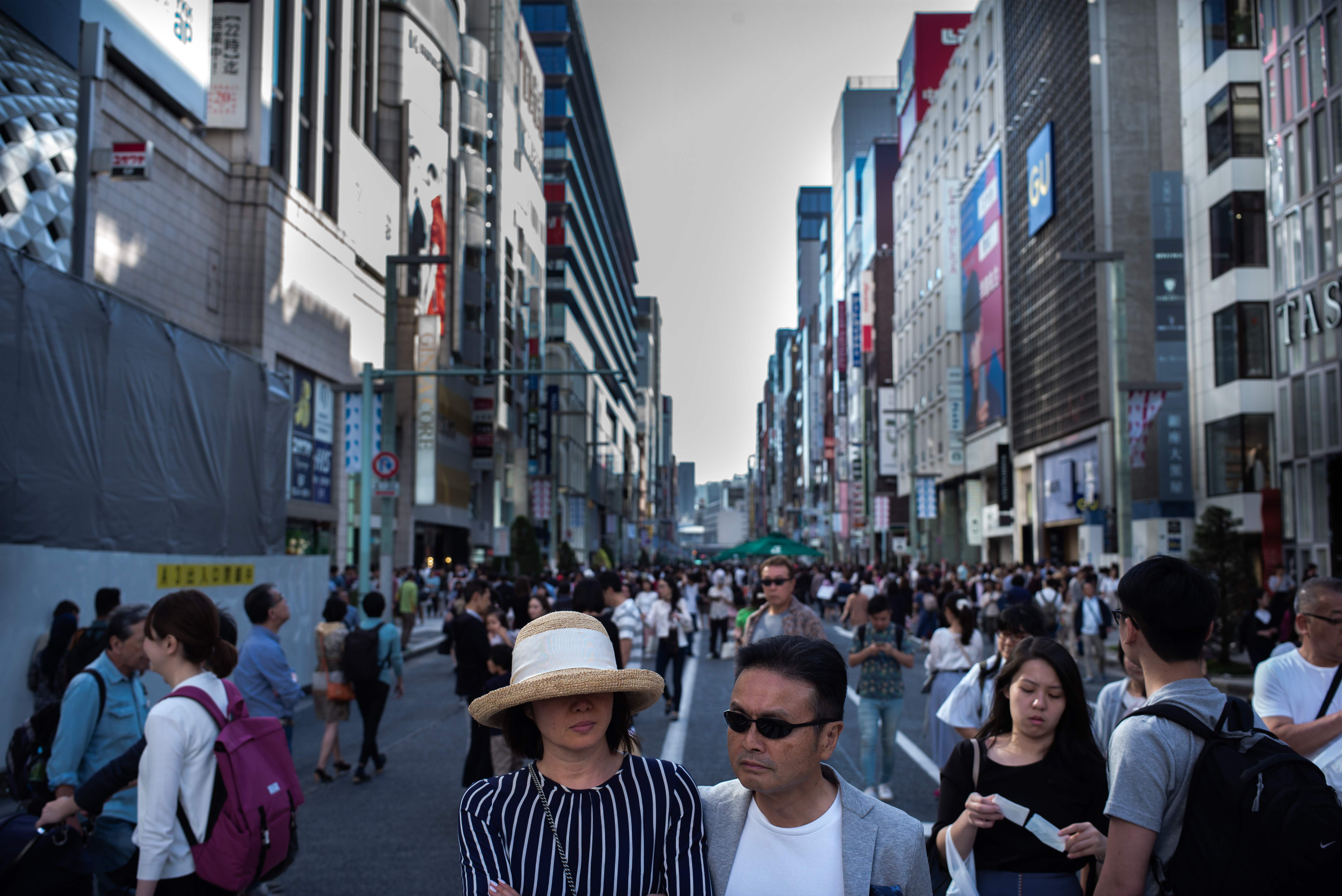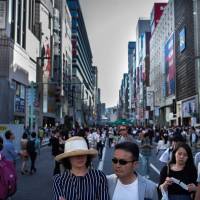The number of non-Japanese here relying on social welfare has grown significantly over the past decade, a labor ministry official said Monday, as the elderly in their ranks increase at a rapid pace.
A monthly average of 47,058 households with at least one non-Japanese member received public financial assistance in fiscal 2016, compared with around 30,000 in 2006, the official said.
Authorities say the rise in foreign beneficiaries appears to correspond to the general trend of Japan's graying population.
"Although the exact cause of the growth tendency is unknown, we're aware the ratio (of non-Japanese on social welfare) is the highest since we began collecting relevant data in 1997," said Yoriyuki Harada, who is in charge of welfare programs at the Health, Labor and Welfare Ministry.
Harada explained that while the number of elderly, regardless of nationality, receiving public financial support in Japan has been growing, the overall number of welfare recipients of any age has been declining.
Among foreign nationals, he said the Korean diaspora in Japan is the largest group on welfare. Their average age stood at 61.7 in 2015.
Other major groups of foreign beneficiaries are Chinese, Filipinos and Brazilians.
Harada said non-Japanese who are eligible for the assistance are permanent and long-time residents and their spouses. Asylum-seekers are also eligible.
According to the ministry, social welfare benefits are provided for noncitizens on humanitarian grounds based on the government's 1954 guidelines as an exception to the national social welfare law.
As of January, some 2.12 million people — Japanese and foreign — were living on welfare, Harada said.
The number peaked in 2015, when Japan was struggling to recover from the 2008 global financial crisis, he said.
"We believe that job security has since improved," he said.




